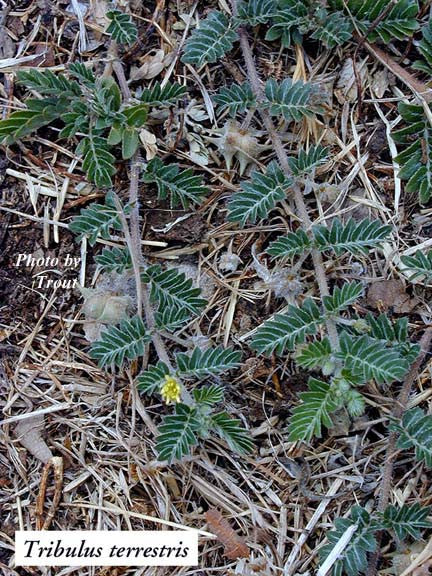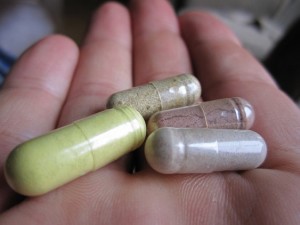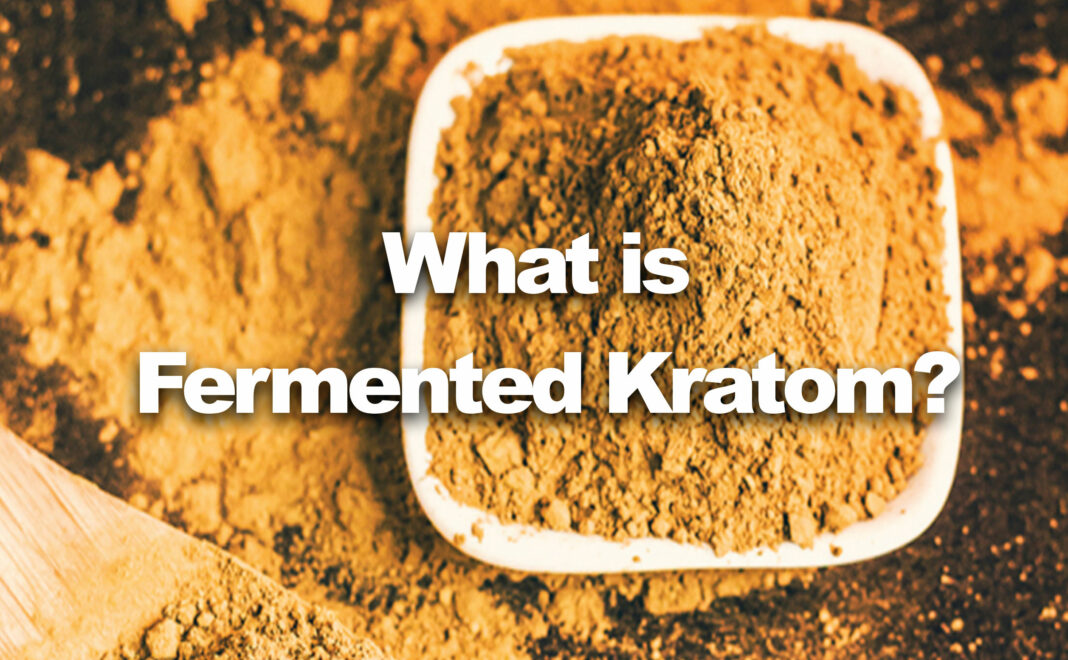puncture vine (Tribulus terrestris)
Other names: Gokshura, Goat’s Head, Terror of the Earth
Origin: Native to 4 continents; southern Europe, northern Africa, southern Asia, and Australia. It is used in traditional Chinese, Ayurvedic, and Unani medicine.
Energetics: Cool & Dry (leaf); Neutral & Moist (fruit). Sweet, Bitter, Astringent. Vital Stimulant, Tonic Astringent.
Properties: Diuretic, demulcent, astringent, nutritive, nervine, androgenic, reproductive adaptogen, antimicrobial, hepato-tonic, kidney tonic, anti-inflammatory, anti-fungal, hypotensive, lithotriptic, anodyne, bronchial dilator, rejuvenative
Organs/Tissues Affected: Endocrine, genito-urinary, skin, liver
Uses: Urinary tract infections (cools and soothes urinary tract), gall stones, bladder or kidney stones, improves kidney function, high triglycerides/cholesterol, enhance testosterone, alleviate symptoms of menopause, improve male or female sexual function (improves ovarian function, improves sperm production, increases ejaculation, erection, orgasm, and libido)
The Caltrop
Puncture Vine is a robust plant (some use coarser epithets) which has become naturalized all over the American south. You may see it germinating all over your yard after an early summer rain, or if you have a garden you may have seen it come up around April due to irrigation. No doubt you will find Tribulus somewhere or anywhere in the Sunbelt during the summer, and it will often follow an exclamation such as, “Ouch!!! #@%’n @$%$#!!!”
Hence the name Caltrop. Well, it’s in the Caltrop family – Zygophyllaceae – and Tribulus is Latin for Caltrop. Local botanical relatives include Chaparral (Larrea tridentata) and Arizona Poppy (Kallstromia spp.). Tribulus is a perennial elsewhere, but locally it grows annually first desiccating in the fall and then dying back with winter freezes. Many take pride in eradicating this tenacious Caltrop from their yards by picking out any seedlings which germinate with summer rains. I wonder how many have thought of its potential usefulness while scornfully tossing it into the trash heap as they pick another spur from their finger tips?
I understood the herb to have tonifying qualities on the genito-urinary tract. I knew it was a mild diuretic. Then I heard about the rejuvenative powers of the fruit compared to the rest of the plant. Really? Puncture Vine? Goat’s Head? It seemed too good to be true, and I didn’t pay it much mind for years. Until I began researching ingredients for a vitality enhancing cocoa drink. I first wanted to address the apparent epidemic of low testosterone, particularly amongst males, and then I learned that Tribulus could also improve estradiol levels in women. Tribulus seemed to have significant evidence behind its ability to improve androgen/estrogen levels (see Buhner) particularly by the fact that it raised levels of luteinizing hormone (LH), follicle stimulating hormone (FSH), and estradiol in women, and testosterone in men. It has been found to enhance sexual responsiveness and fertility in both men and women. This all seemed really interesting. The tiny spiked fruit of a cursed “weed?”
Through some clinical work and experimentation on my part I have found it to be effective for enhancing testosterone levels. I would add it combines well with tincture of Pine Pollen and Tienchi Ginseng (as recommended by Buhner). For quick enhancement I recommend taking 3g (slightly more than a 1/10th of an ounce) of the fruit/day either as infusion, decoction, honey paste, in smoothies, or in a cocoa blend. Enriching the diet with antioxidant-rich foods allows for greater utilization of testosterone. Not surprisingly, Tribulus has been found effective with symptomatic benign prostatic hyperplasia. One may combine it with Nettle Root in this case.
Another interesting effect of Puncture Vine is its ability to lower triglycerides and LDLs. This can have major implications as these two parameters strongly indicate insulin resistance, our current national epidemic. I’ve also found Puncture Vine whole plant tea to be helpful in regulating high blood pressure especially when there’s some mild kidney debility or irritation, or perhaps indications of lowered testosterone. It allows for greater oxygen flow to the heart while slowing and relaxing the pulse.
I utilize Puncture Vine in a Diuretic Tea along with several local herbs. Combined with Raíz de Cholla (Cylindropuntia fulgida – root) Puncture Vine provides a soothing quality in addition to being a tonic astringent and antimicrobial (much the same as Uva Ursi or Manzanita does, but not as extreme). In addition, simply increasing the volume of urine can help relieve mild hypertension. I have found this most useful during the summer in a moist climate.
It has also been very useful for some of my clients with elevated blood pressure. Daily tea of the whole plant has proved beneficial over the long-term with no ill side effects.
Tribulus is known to be effective for eczematous skin reactions or hot, irritated skin when used topically. I have commonly used it’s local cousin Arizona Poppy with good success for such irritated conditions brought on by summer heat. Grind the herb, moisten slightly and apply directly to the skin. Cover with a cool, moist cloth and allow to sit for 20-30 minutes. Change poultices as necessary.
(See the photo below for comparison).
Kallstroemia grandiflora
Interestingly, Tribulus is considered to improve the flow of liver chi, and clear the lungs (Mars). Studies indicate it has usefulness in treating liver carcinoma by inducing apoptosis in cancer cells (Journal of Ethnopharmacology. 2011 Jun 14). This tumor-inhibition has been attributed to the furostanol saponins present in the plant. It’s ability to limit damage from ultraviolet radiation (due to saponin content) is pointing towards further study in cancer therapy. (Sisto, et al.)
An Iraqi study found a strong anti-fungal effect from the fruit tincture (Al-Bayati, et al.).
Dosage
It can be taken as a tea (2-4oz, 2-3 times/day) or tincture (20-30 drops 2-3 times/day). The fruit is more potent for its androgenic effect. I have favored the whole plant tea for managing high blood pressure.
Food
Tribulus would be considered an emergency food, however it does contain protein, iron, and Vitamin C.
Harvesting
The plant is harvested when the fruit is ripe. Pull up the whole plant with the root, wash off the dirt, and dry in the shade. You can powder the whole plant for tea. If you high-grade by gathering the fruit separately, then dry and powder for use as described above.
Contraindications
There are no known contraindications.
Distribution
It can be found across the subtropical and tropical regions of the globe. There are nearly 50 species in the Tribulus genus worldwide, and it is the national flower of the United Arab Emirates. Despite it being a nuisance “weed” over much of its terrain it is considered threatened in its native Nepal.
References
Al-Bayati FA, Al-Mola HF. 2008, Feb. Antibacterial and antifungal activities of different parts of Tribulus terrestris L. growing in Iraq.
Buhner, Stephen Harrod. 2007. The Natural Testosterone Plan.
Kane, Charles. 2005. Herbal Medicine of the American Southwest.
Mars, Brigitte. 2007. The Desktop Guide to Herbal Medicine.
Sisto, M. et al. 2012. Journal of Photocehmistry and Photobiology. Saponins from Tribulus terrestris L. protect human keratinocytes from UVB-induced damage.


